Table of Contents
ToggleTop 10 Amazing and Fascinating Facts About Animals
For millennia, humans have been captivated by animals. Their variety, actions, and adaptability offer countless chances for discovery and amazement. Ten astounding animal facts that highlight the enormous diversity and complexity of life on Earth are discussed in this blog.

1. Octopuses Have Three Hearts and Blue Blood
The remarkable anatomy of the octopus is essential to its existence, making it a wonder of the deep water. With their three hearts, octopuses are unlike most creatures. These organs have two hearts that pump blood to the gills, where the water’s oxygen is taken up. The blood that is rich in oxygen is subsequently distributed throughout the body by the third heart. Because of their distinct circulatory system, octopuses are able to effectively regulate their oxygen supply, even while they are engaged in physically demanding activities like hunting or avoiding predators.
Apart from possessing many hearts, octopuses are also known to have blue blood. This is due to the presence of hemocyanin in their blood, a copper-based chemical that is especially good at carrying oxygen in frigid and low-oxygen settings like the deep ocean. Their blood is blue due to hemocyanin, while human blood is red due to iron-based hemoglobin.
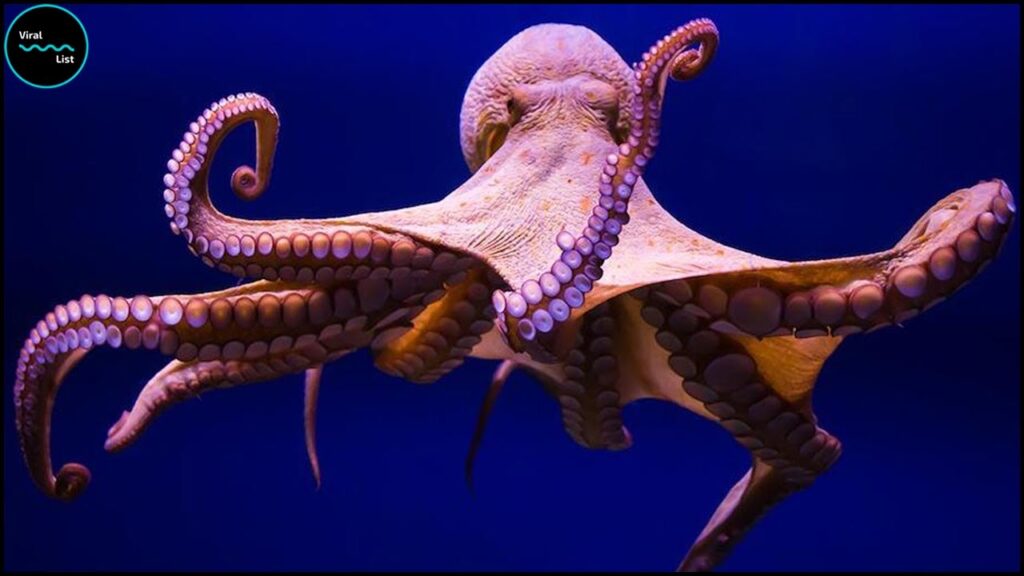
2. Elephants Can “Hear” Through Their Feet
Elephants are well-known for having big ears and keen hearing, but they also possess an equally amazing sense of hearing: the ability to “hear” through their feet. Elephants’ sensitive foot pads allow them to detect seismic vibrations, or sound waves originating from the earth. The movements of big herds or the cries of other elephants are examples of remote occurrences that cause these vibrations.
Elephants are able to detect impending danger and communicate over great distances thanks to this skill, even in situations where the sound source is too far away to be heard over the air. Elephants may utilize this seismic communication, according to researchers, to select partners, organize group movements, and identify possible threats.
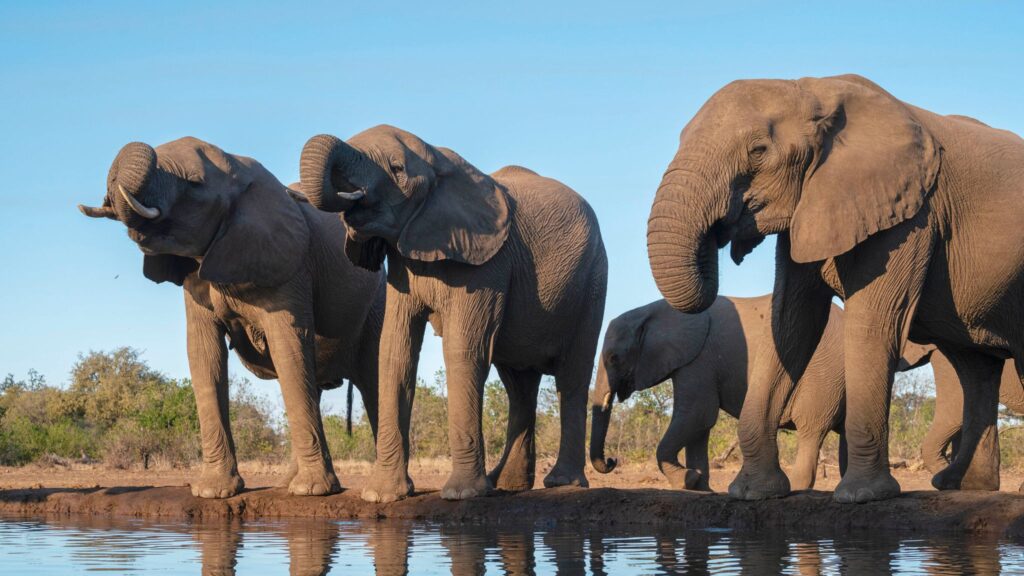
3. Dolphins Have Names for Each Other
One of the most amazing things about dolphin communication is that they utilize particular sounds to identify and call each other by “name.” Dolphins are extremely intelligent animals with intricate social structures. Like human names, these distinctive whistles are specific to each dolphin and enable them to identify and speak with one another.
This finding sheds light on the complex nature of dolphin societies, where coordination of activities such as hunting and maintenance of group cohesiveness depend heavily on communication. Dolphins have highly developed social awareness and memory, as evidenced by the years they can recall these distinguishing whistles.
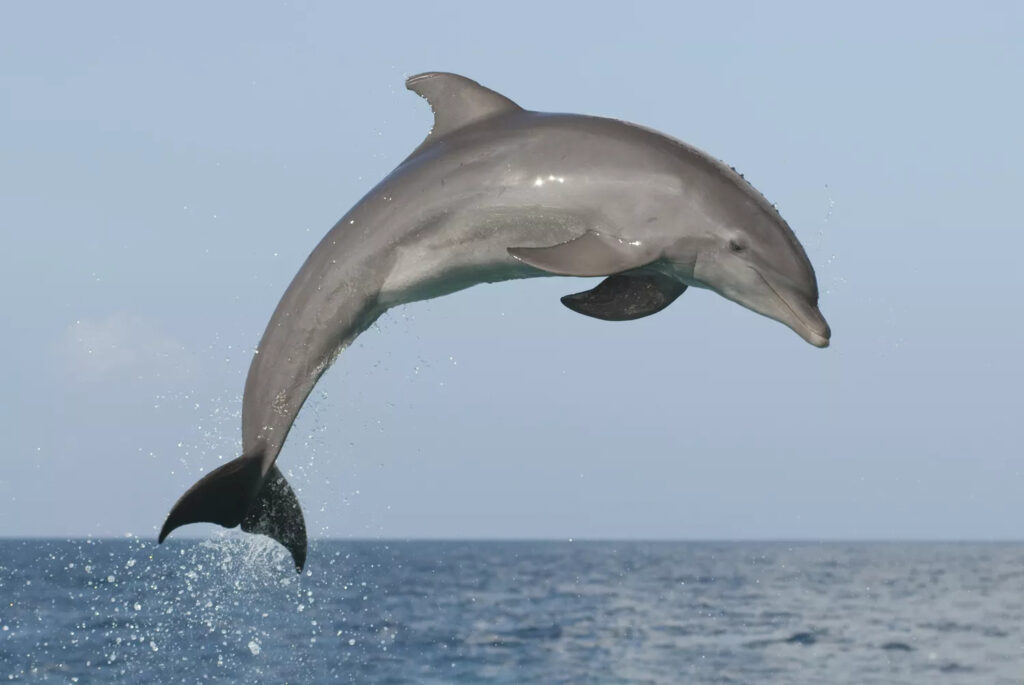
4. Crows Are Capable of Using Tools and Solving Complex Problems
It is often known that crows are among the most intelligent birds on the planet and that they can use tools. Crows have been seen creating tools out of sticks, leaves, and even their own feathers in a number of studies in order to get food from difficult-to-reach locations. They have also proven to be capable of handling challenging issues, such figuring out how to use a number of tools in the right order to accomplish a task.
A well-known instance is when Betty, a New Caledonian crow, twisted a straight wire into a hook so she could pull a pail of food out of a tube. This degree of problem-solving skills demonstrates not only intelligence but also the ability to plan ahead and comprehend cause-and-effect linkages.
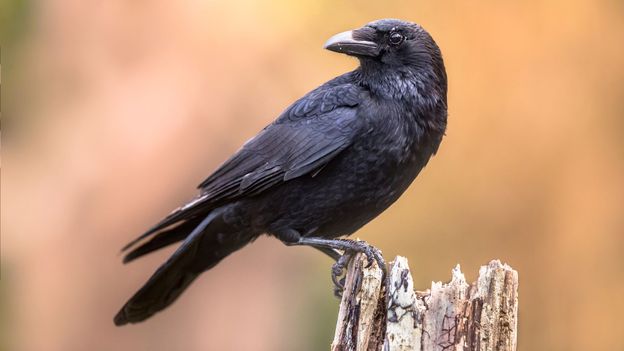
5. Tardigrades Can Survive Extreme Conditions
Water bears, or tardigrades, are microscopic organisms that have a reputation for being among the hardest animals on the planet. Extreme conditions that would be fatal to most other living forms are something they can withstand. Tardigrades have been known to resist temperatures as low as -272°C (-458°F) and as high as 150°C (302°F), as well as the vacuum of space, severe radiation, and tremendous pressures.
Their capacity to go into a state known as cryptobiosis, when they virtually stop all metabolic activities and lose nearly all of their body’s water content, is the key to their secret. They have the ability to hibernate in this state for years or even decades, only to reappear when the right circumstances arise. Due to their extraordinary durability, tardigrades are the focus of extensive scientific research, especially in the domains of extremophiles and astrobiology.

6. Sloths Move So Slowly That Algae Grows on Their Fur
Because of their low-energy diet of leaves, sloths are renowned for moving exceedingly slowly. Algae grow on their fur, an uncommon symbiotic association brought about by their slow movement. The sloth’s fur becomes a miniature ecosystem that is home to a variety of bug species and other small critters, in addition to helping the sloth blend in with the treetops. This is made possible by the green algae.
Both the algae and the sloth benefit from this symbiotic relationship. While the sloth gains from its ability to blend in with its surroundings and evade predators, the algae obtain a safe area to flourish. Furthermore, some scientists think that the sloth might receive a tiny quantity of nutrients from the algae to complement its generally low-nutrient diet.
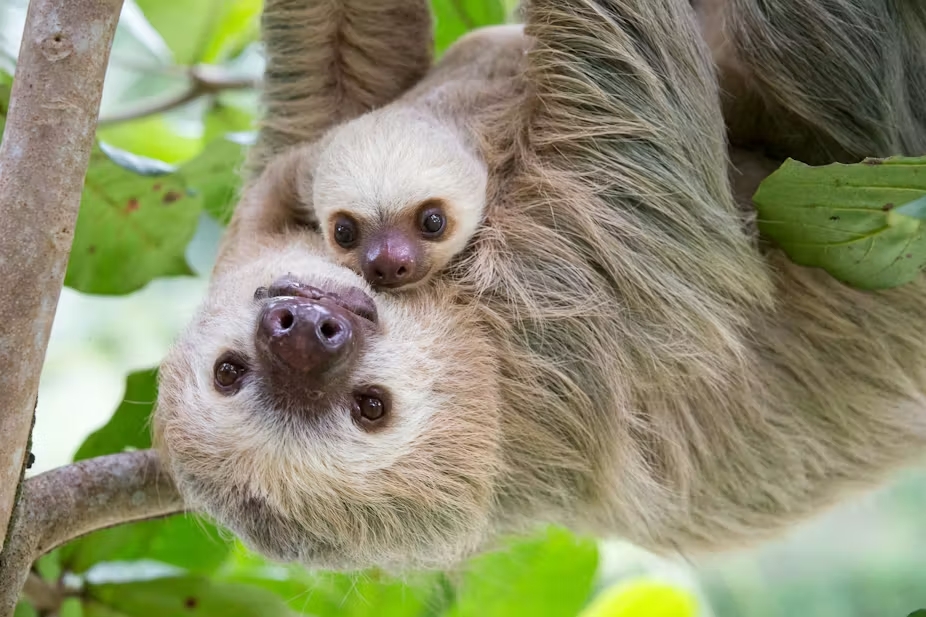
7. Male Seahorses Give Birth
Seahorses are an exception to the general rule in the animal kingdom that the female bears and gives birth to the offspring. When a seahorse gets pregnant and gives birth, the male does it. The male seahorse’s specialized brood pouch receives the eggs laid by the female, where they are fertilized and grow until they are ready to hatch.
For several weeks, the male seahorse carries the embryos and gives them nourishment and oxygen. When it’s time to give birth, the male experiences labor and releases the mature baby seahorses into the ocean. Because of their unusual reproductive technique, the newborn seahorses have a better chance of surviving and can receive more parental attention.
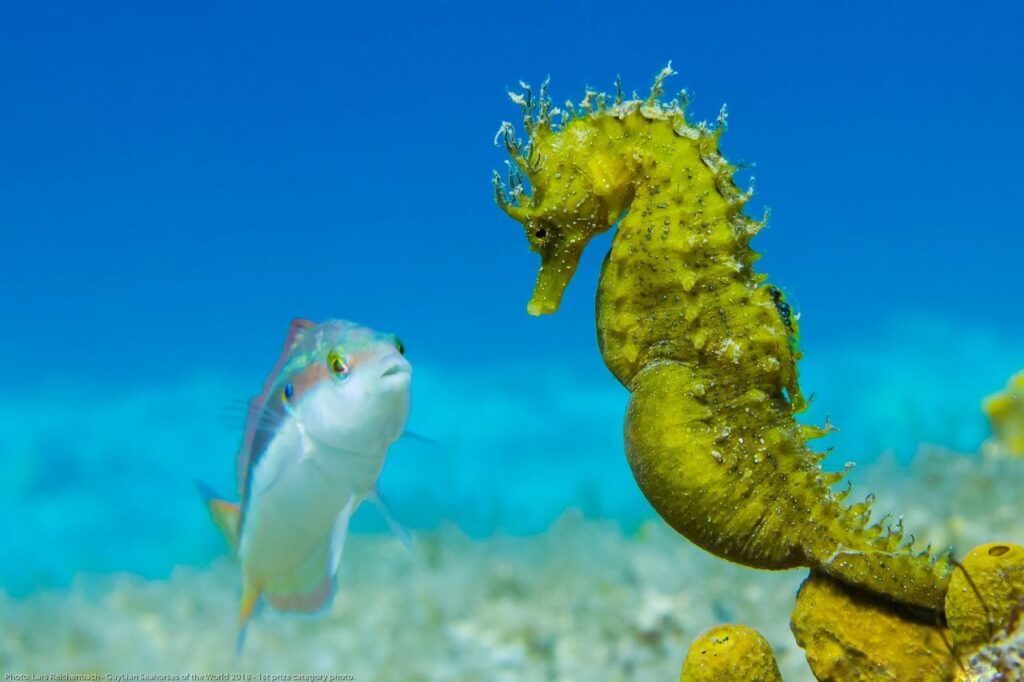
8. Pigeons Can Recognize Themselves in a Mirror
Even though they don’t look like the smartest animals, pigeons have an amazing talent: they can recognize themselves in the mirror. Self-recognition is a term used to describe this capacity, which indicates high cognitive functioning. The majority of the animals that have been demonstrated to exhibit this ability are primates and several kinds of birds.
Pigeons have been shown in trials to be able to locate and remove body marks that they would not be able to notice without a mirror. This suggests that pigeons possess self-awareness, an ability previously believed to be unique to humans and a select group of extremely intelligent animals.
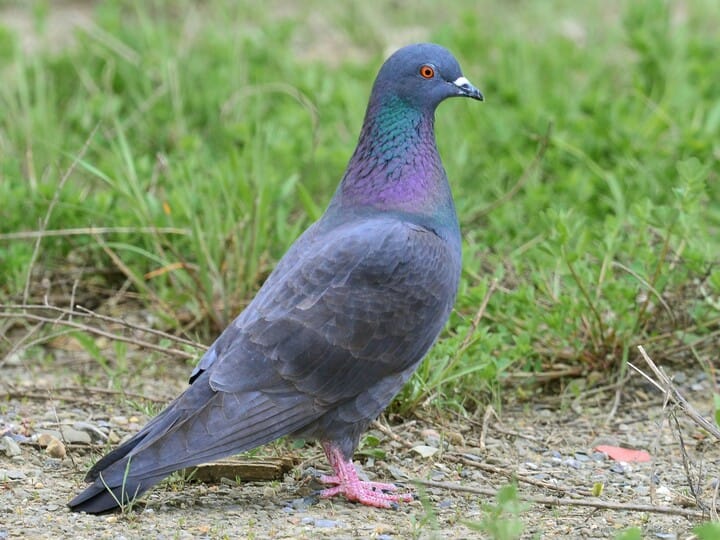
9. Archerfish Can Shoot Down Prey with Water Jets
Fish in the archerfish family are renowned for their amazing ability to hunt. They can propel water jets from their mouths to propel insects and other food into the water, where they may be readily captured and consumed. Because it must account for the refraction of light at the water’s surface in order to aim correctly, this amazing skill demands accuracy and precision.
According to studies, archerfish can hit targets precisely from a distance of several feet, and they can modify the force of their water jet based on the size and proximity of their prey. The archerfish are among the most proficient hunters in the animal kingdom, and their hunting technique is a testament to their exceptional coordination and physics knowledge.
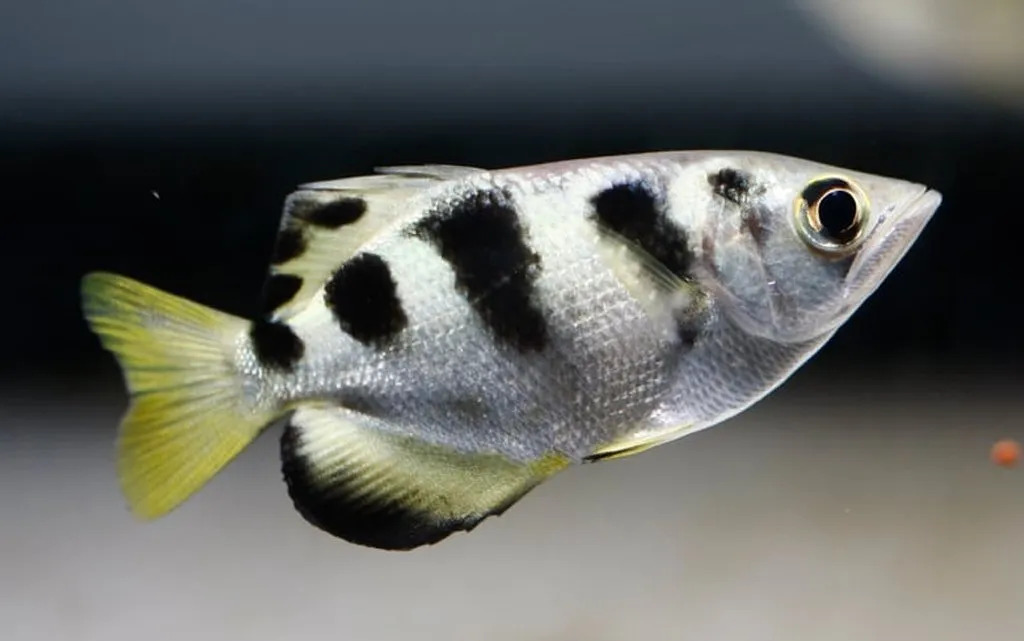
10. The Platypus Is One of the Few Mammals That Lay Eggs
Among the many peculiarities that set the platypus apart from other animals on the earth is its mode of reproduction. The platypus lays eggs, as opposed to most mammals, which give birth to live young. The female platypus will deposit one to three eggs following mating, which she will incubate for roughly ten days in a burrow.
The mother nurtures her offspring by secreting milk from specialized mammary glands after the eggs hatch. Platypuses, on the other hand, do not have nipples; instead, milk flows from skin pores, which the young lick from their mother’s fur. The platypus is one of the most fascinating animals alive today because of its unique blend of reptilian and mammalian features, which has long baffled scientists.

Conclusion
Animals are incredibly fascinating since they each have distinct characteristics and behaviors that set them apart from other species. These ten fascinating animal facts, which range from the octopus’s three hearts to the platypus’s egg-laying habits, offer a little taste of the remarkable diversity of life on Earth. We can better appreciate the intricacy and wonder of the natural world when we have a greater understanding of the animal kingdom.

